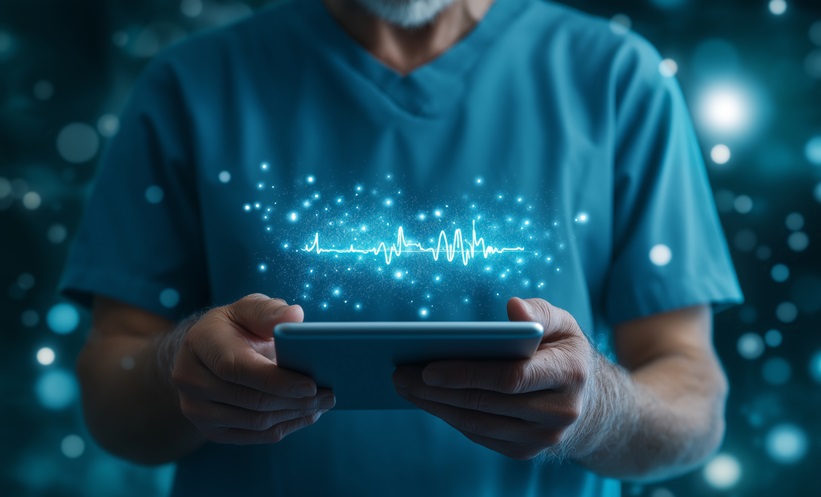As a natural barrier to keep out harmful toxins and pathogens in the blood, the blood–brain barrier (BBB) is hard to penetrate. Although this is highly beneficial to our overall health and immune defence, it poses an issue for the delivery of therapeutic drugs. A team of researchers from Columbia Engineering, New York City, New York, USA led by Prof Elisa Konofagou, Robert and Margaret Hariri Professor of Biomedical Engineering and Radiology, have developed an ultrasound-assisted procedure to ‘open’ the BBB. Their lab is the only lab in the USA to receive US Food and Drug Administration approval for ultrasound-assisted BBB opening.
Using a transcranial, focussed ultrasound as a guide, microbubbles are injected into the BBB. This produces a localised, transient opening that can be used to non-invasively deliver therapeutic drugs to the brain. The delivery of large molecules, such as those involved in protein and gene delivery, have been especially difficult to deliver in the past. In an era in which RNA therapeutics are being applied to treat neurological disorders, a technique to facilitate their delivery is essential to allow their clinical use. This cheaper, smaller, faster, and portable alternative to current options will be able to treat patients in hospitals, doctor’s surgeries, and in the future, even at home.
In collaboration with Serge Przedborski’s group in the Department of Neurology at Columbia University Irving Medical Center, New York City, New York, USA the researchers discovered that protein and gene therapeutics could be delivered across the BBB. This study focussed on the potential treatment of Parkinson’s disease. The team targeted the putamen and hippocampus, areas in the brain associated with the early stage pathology of Parkinson’s and Alzheimer’s disease, and observed restoration in their dopaminergic pathways. As the main pathological cause of Parkinson’s disease, a restoration in the depleted dopaminergic pathways would alleviate symptoms. Not only were anatomical improvements observed, but also improvements in neurological behaviour. An initial trial has been planned in Alzheimer’s patients, with the further plans proposed to treat patients with Parkinson’s disease.
“This is the first time that anyone has been able to restore a dopaminergic pathway with available drugs at the early stages of Parkinson’s disease. We were able to curb the rapid progression of neurodegeneration while improving the neuronal function. We expect our study will open new therapeutic avenues for the early treatment of central nervous system diseases,” commented Prof Konofagou.








